Description
Caring for your Dumb Cane
Dieffenbachia is a beautiful and rewarding plant to care for. Its low-maintenance nature makes it suitable for plant lovers of all levels. With the right care, your Dieffenbachia will be a vibrant, thriving addition to your indoor garden for years to come. Remember to handle the plant with care, especially when pruning or repotting, due to its toxic sap.
Light
Dieffenbachia flourishes in medium to bright, indirect light. It can adapt to lower light conditions, but this may affect the vibrancy of its leaves. Direct sunlight should be avoided, as it can scorch the leaves, causing brown spots and fading of the variegation.
Water
Watering is a critical aspect of Dieffenbachia care. The soil should be allowed to dry out slightly between waterings. Over-watering can lead to root rot, a common issue with this plant. Check the top inch of the soil; if it’s dry, it’s time to water. Reduce watering in the winter months when the plant’s growth slows down.
To increase humidity, especially in dry environments, you can mist the leaves, place a humidifier nearby, or use a pebble tray filled with water.
Soil
Use a well-draining potting mix. A mixture of peat, pine bark, and perlite is ideal. Repotting should be done every 2-3 years or when the plant has outgrown its pot. Spring or early summer is the best time to repot. Choose a pot that is one size larger than the current one to give the roots room to grow.
Fertilizing
Fertilize Dieffenbachia every 4-6 weeks during the growing season (spring and summer) with a balanced, water-soluble fertilizer diluted to half the recommended strength. Avoid fertilizing in the winter when the plant is not actively growing.
Pruning
Prune Dieffenbachia to maintain its shape and encourage bushier growth. Remove any yellowed or damaged leaves at the base. You can also cut back the main stem if it becomes too leggy, which will encourage new growth from the base.
Propagation
Dieffenbachia can be propagated through stem cuttings. Cut a piece of stem about 4-6 inches long with at least one leaf. Let the cutting dry for a few hours to form a callous, then plant in moist soil. Keep the soil moist and in indirect light until new growth appears.
Pest and Disease Management
Common pests include spider mites, mealybugs, and aphids. These can be managed with insecticidal soap or neem oil. Diseases like root rot are usually due to overwatering. Ensure proper soil drainage and avoid letting the plant sit in water.
Dieffenbachia is toxic if ingested and can cause irritation upon skin contact. The plant should be kept away from pets and children. If skin contact occurs, wash the area thoroughly with soap and water.

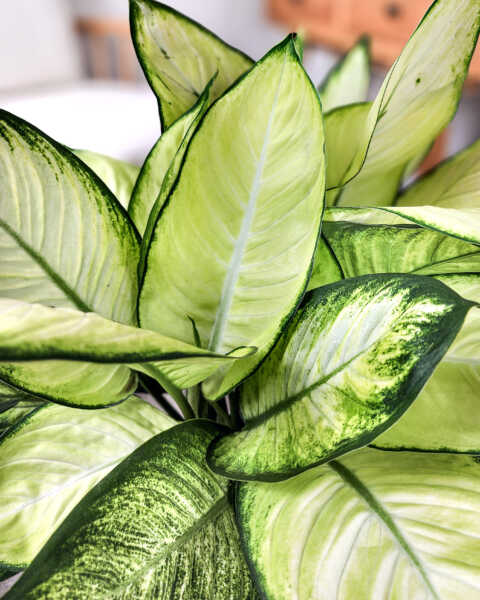
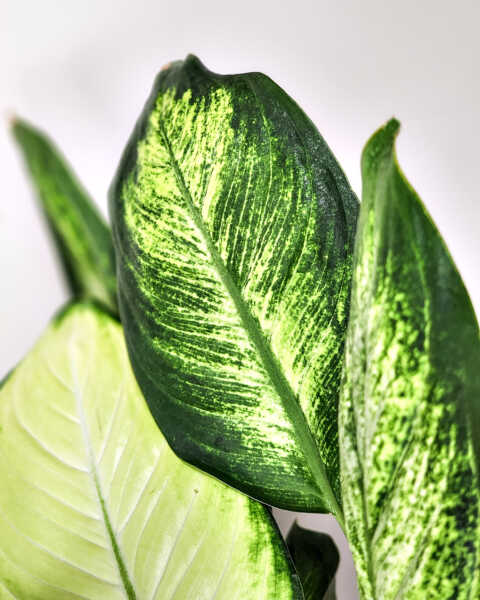
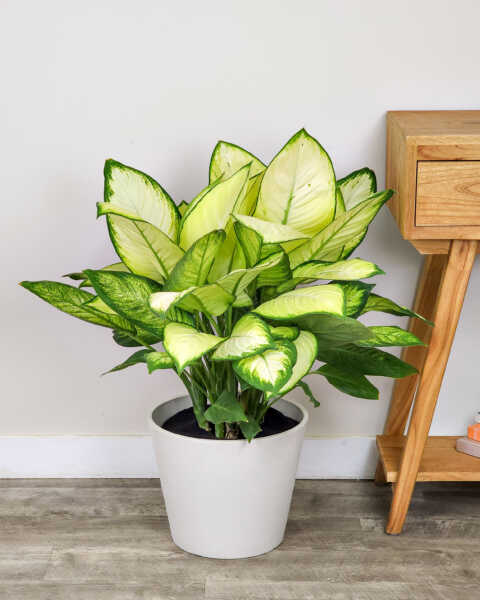



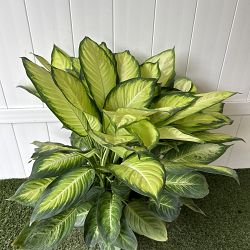

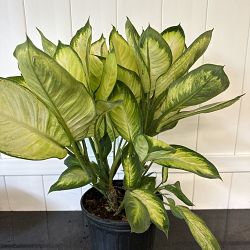



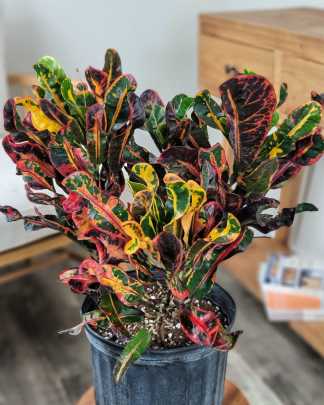
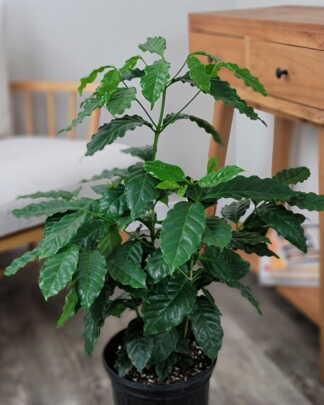
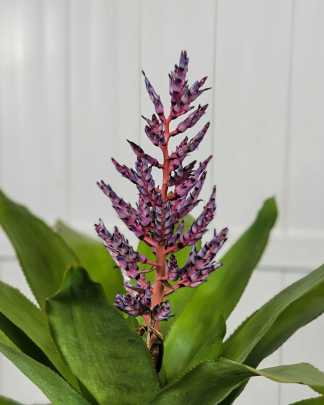
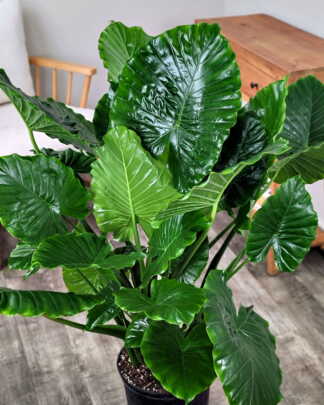
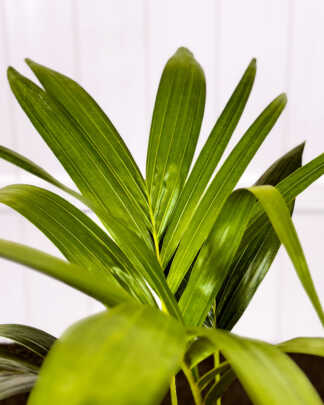







Meagan (verified owner) –
Plant is large and in perfect condition! Gorgeous!
Anonymous (verified owner) –
Plants are just as gorgeous as online, beautiful condition. Exactly as advertised.
Nath McCullough (verified owner) –
Very pleased. This plant is the healthiest of them all and it keeps having new big leaves popping regularly. I love it.
Ruth j. (verified owner) –
Very large plant, much bigger than I thought. Just reported it today and looks very healthy.
Marcos A. (verified owner) –
Anonymous (verified owner) –
The plant arrived looking full and healthy. It appears to be a more compact variety than some other Dieffenbachia plants and came in an 8″ pot, which seems like the perfect size for its structure. The potting medium was still nice and moist after a few days in transit.
Jerry Gardner (verified owner) –
The seller made sure the weather was good before they shipped my plants. Just received my dieffenbachia today. It is beautiful. Thank you. Will buy from this seller again.
Megan McGowan (verified owner) –
Jenn Goyette (verified owner) –
OMG. This plant is so bog and full and lush looking I love it. I am so in love with everything I purchased. Everybody was still healthy and didn’t seem to mind the shipping. So happy and will be back for more as I grow my jungle. Thanks so much!!!
Cornelius Thomas (verified owner) –
This plant just doesn’t ship too well. There’s a fair amount of recovery after it is received.
Melisa A Schilling (verified owner) –
Rebecca (verified owner) –
Unbelievable! Huge and dense plant, blew my mind. Great quality and size for $ is unbeatable. My new favorite.